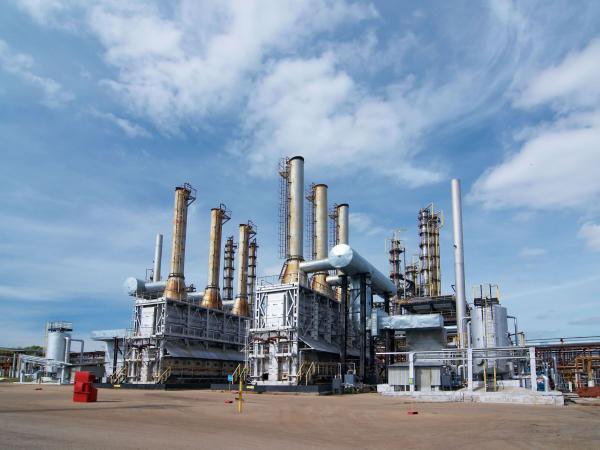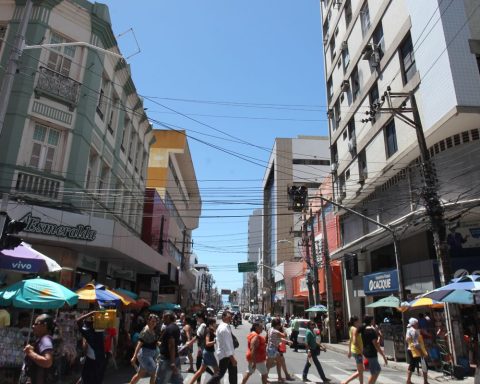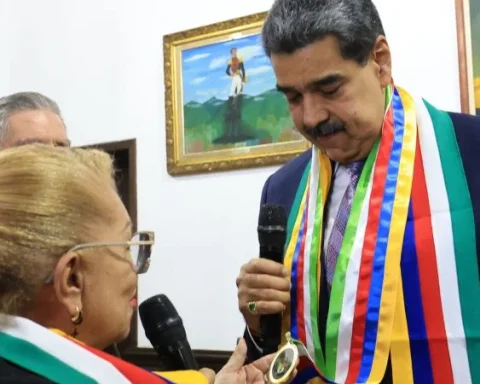In 2021, the natural gas represented 21% of national energy consumption. In this way, it is the second with the highest participation after oil, according to information from the Mining and Energy Planning Unit (Upme).
(Read: Only 10% of the rural road network is in good condition, according to Invías).
Although the largest volume of gas consumption comes from from the industrial sector (32%), It is in the residential sector that there is a greater number of connections, being 10.4 million of the 10.6 million in total.
“The country registers almost 80% coverage in areas where there is a network perimeter and 67% of all households have a connection to natural gas”, said Luz Stella Murgas, president of Naturgás. These issues are more relevant in the framework of the energy acceleration proposed by the government of Gustavo Petro, given that it will not promote new exploration contracts for this energy source.
Colombia is currently self-sufficient in terms of gas. It has companies that produce such as Ecopetrol, Hocol, Canacol and Lewis Energy, among others; as well as a transportation system (mainly covered by TGI, Promigas, Progasur and Promioriente) and marketing managed by Vanti, EPM, Gases del Caribe, Surtigas, Llanogas, among others. It is a complex system of actors that allow the value chain to be completely local. With this, the country has managed to firewood ceases to be the main source of energy for cooking, for instance. This “allows preventing cardiorespiratory illnesses and deaths due to particulate matter,” Murgas stressed.
Additionally, thanks to the country’s self-sufficiency, this means that the country is not exposed to the price volatility that has been seen internationally. Jorge Durán, Naturgás regulation manager, explained that this means that energy is very competitive in prices and therefore meets the social needs of the country.
Natural gas in Colombia
Jaime Moreno / TIME Archive
This saving leads families to reduce their energy poverty and improve safety conditions, even greater than using LPG or gas cylinders, explained Giovanna Gómez, manager of Llanogas. For this reason, the company is planning expansion for its networks, with procedures to reach areas in nine municipalities of Cundinamarca and Meta. A case similar to that of Efigas, which operates in the coffee region, and which has plans to increase its coverage in rural areas and population centers.
(Also: With new regulations biodiesel will help fuel deficit).
To the extent thate there are more residential, industrial and transport users, among others, a larger volume and larger infrastructure will be required. Juan Pablo Henao, vice president of commercial development at TGI, pointed out that the advance has not meant a significant increase in gas demand, therefore the first challenge has to do with this factor.
Even with this, the Upme foresees that by 2027 there will be a deficit in the energy balance. In 2024 it would take place in the interior of the country, explained Aquiles Mercado, financial and administrative vice president of Promigas. However, thanks to the recently announced bidirectionality between the TGI and Promigas gas pipelines, this will allow systems can be supplemented in case of deficitt. However, this is one of the main challenges.
Murgas pointed out that the country must continue with exploration, so that the country has the necessary to meet demand and make the energy transition. This will prevent the country from having to resort to import that is more expensive and does not generate employment or local development, he says.
Henao affirmed that the country must have plans b and c for a moment of deficit, but that the main objective is to have the national supply.
However, there are other challenges related to transportation, for example. In this regard, the TGI expert pointed out that work should be done on issues of tariff methodology for transportation. For this reason, he explained that they are going to propose a stamping system in the company sections, which allow to change the model of charges by distance, which makes areas like Valle pay the highest gas rates. “That would make it possible to flatten some distortions that exist in the distance charge,” he explained.
(Read: What is at risk if oil exploration falls in Colombia?).
These supply and transportation challenges will be the keys to the gasification of the country.
Daniela Morales Soler















